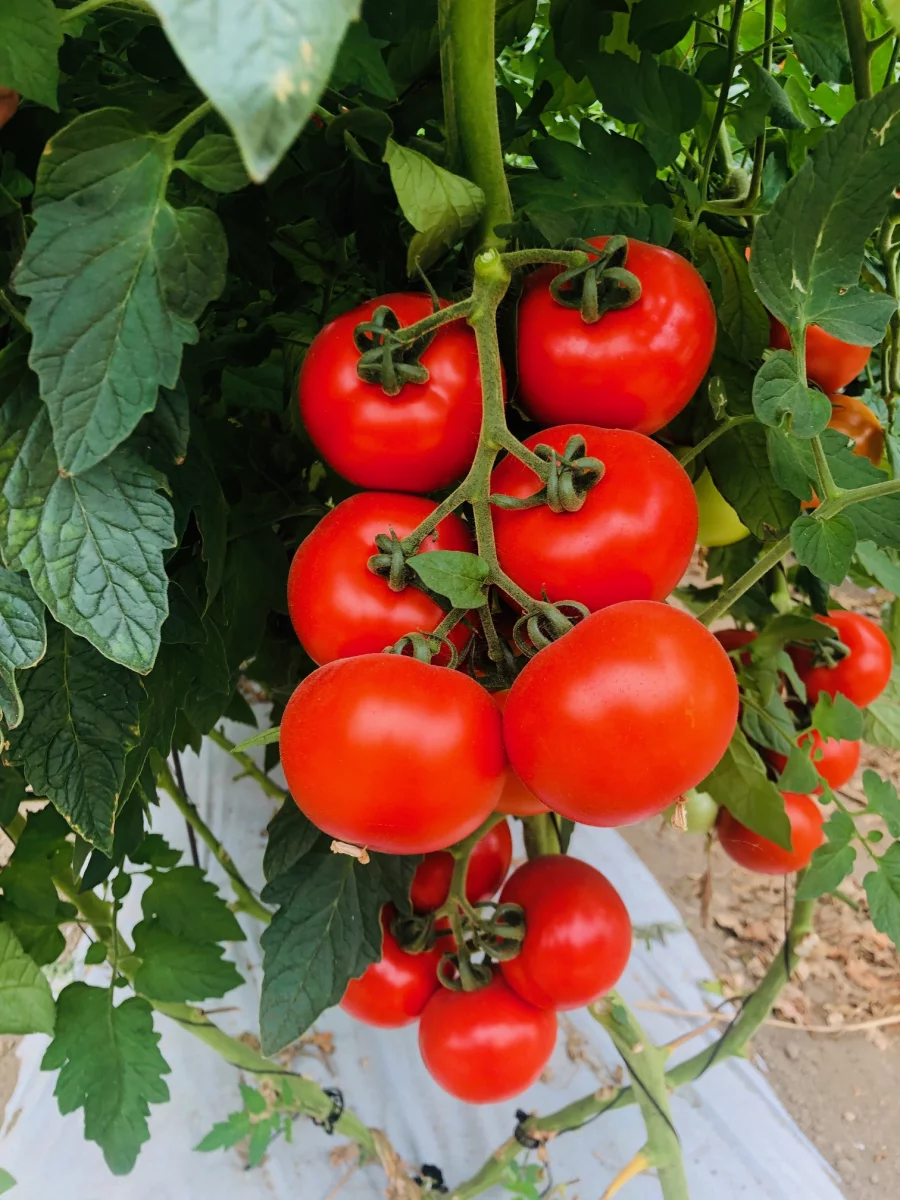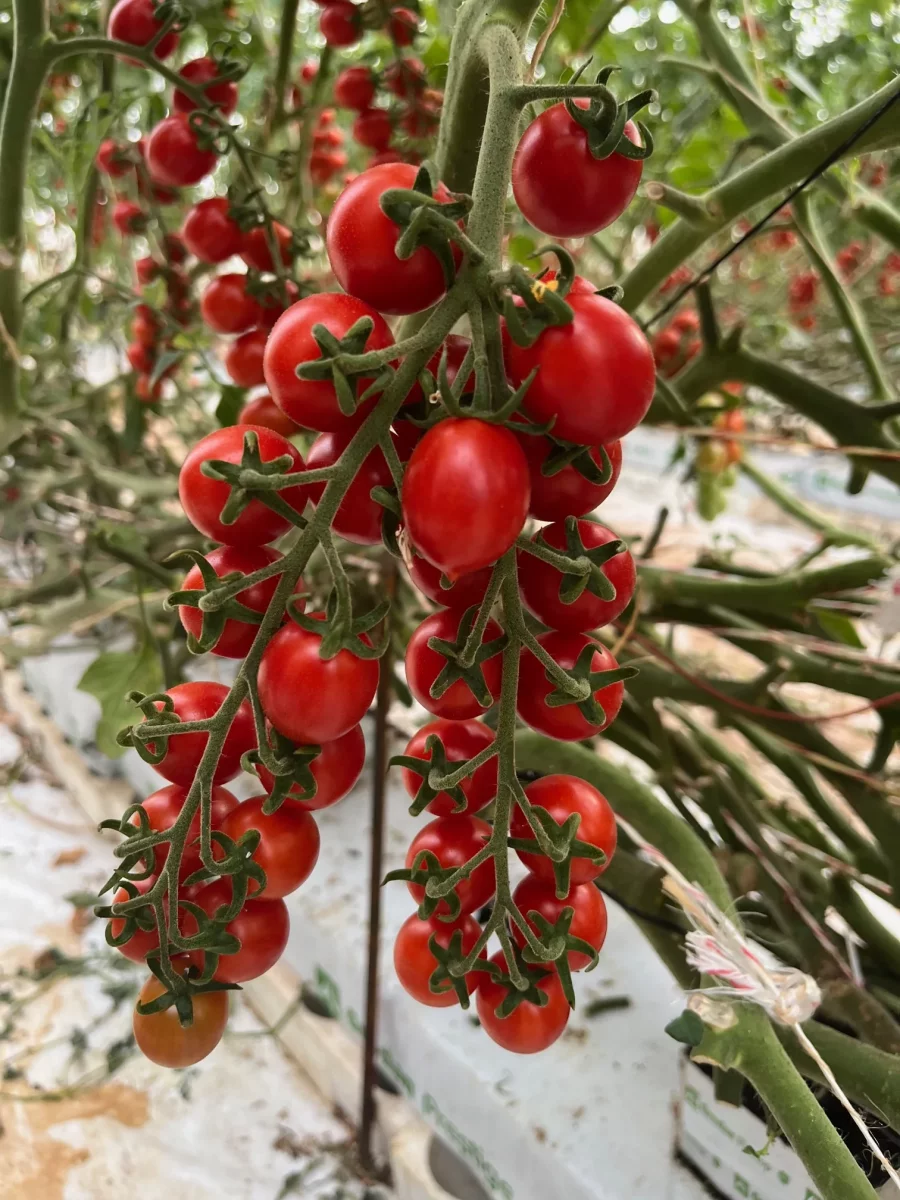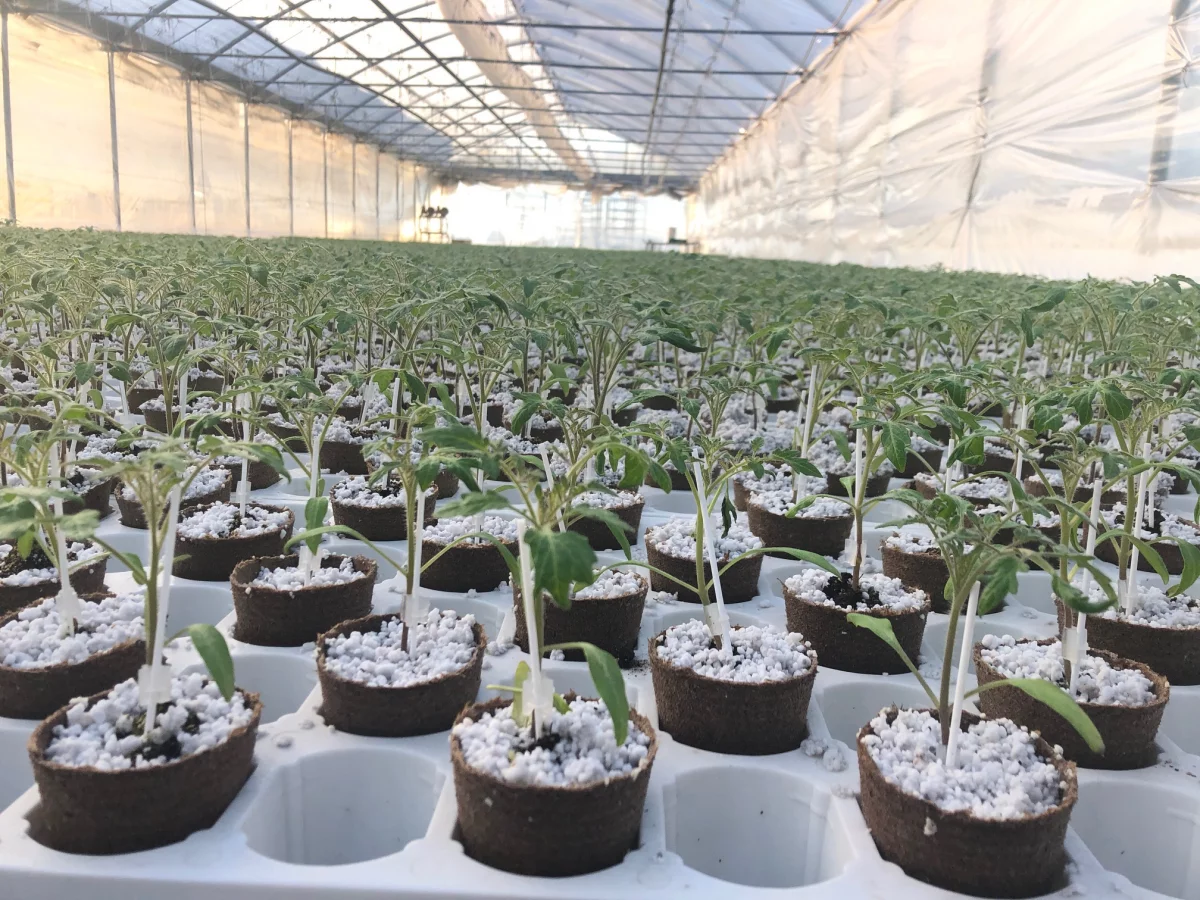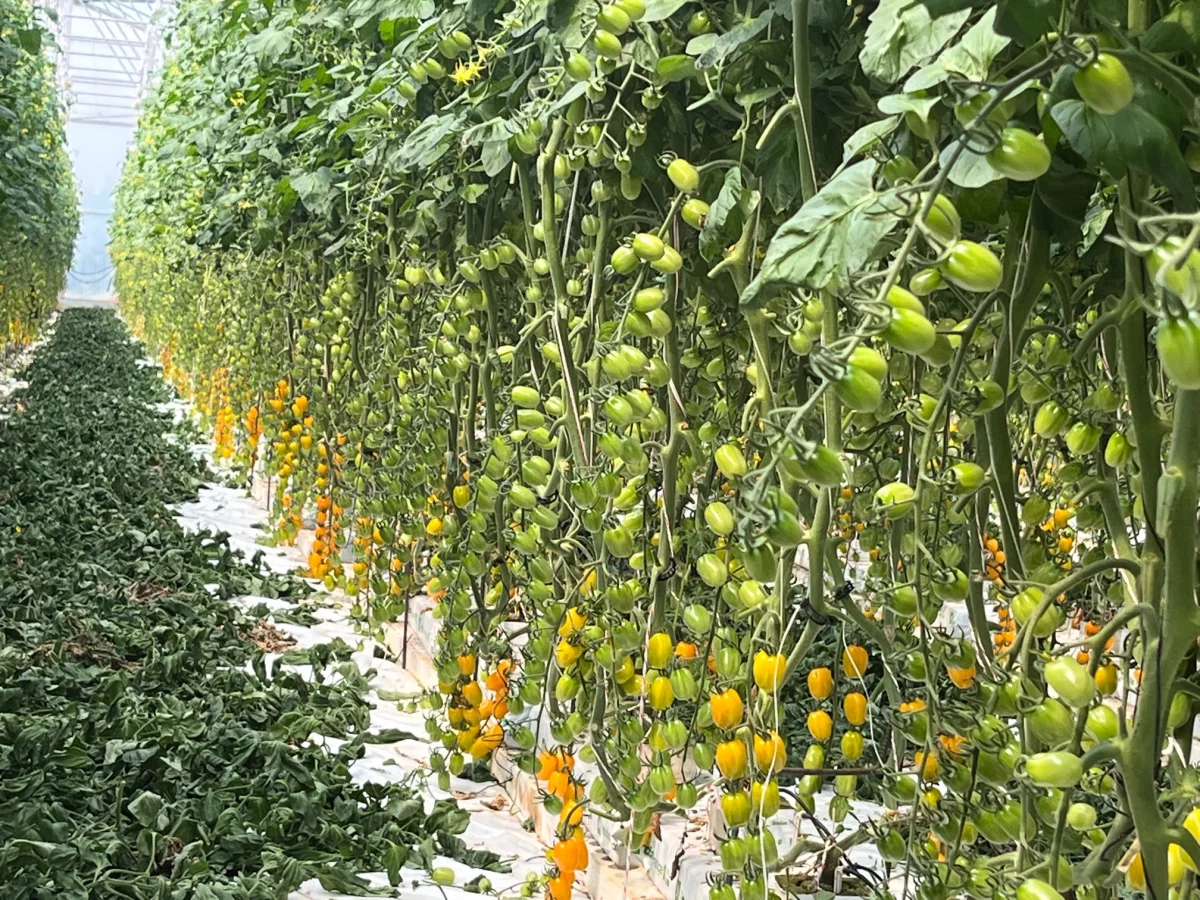The tomato è a warm season “longidiurnal” crop. The ideal temperature range è between 18° and 27° C. For this reason, most field or greenhouse cultivation occurs between 30° and 40° parallels, both in the northern and southern hemispheres.
Temperatures below 10°C adversely affect flower induction, while night frost can seriously damage the crop. Similarly, temperatures above 35°C in the presence of low humidity will lead to flower abortion, while pollination is greatly reduced in too dry climates and high temperatures. Balanced plant nutrition can greatly reduce the loss of flower clusters under such extreme conditions of high temperatures.
The increase in global radiation results in an increase in sugars produced in the leaves during photosynthesis. Higher levels of sugars produced correspond to greater numbers of fruits and calibers, thus conditioning the quantities produced. Tomato è sensitive to low light conditions, in fact the crop requires a minimum of six hours per day of direct radiation (high light intensity) for flowering.
Since day length in Mediterranean climates is not a critical factor in tomato production, greenhouse cultivation is practiced over a wide range of latitudes from north to south. If the intensity of solar radiation is too high (e.g., in midsummer), splits, sunburns and uneven coloration can occur at the ripening stage.
The’need of all agricultural entrepreneurs è to make ends meet and make a decent income from their work.
To meet these goals in an increasingly competitive market, with an increasingly unpredictable climate and high price volatility, it becomes increasingly important not to make mistakes in the field, starting with seeds and ending with the marketing of the harvest. In the case of table tomatoes, a fruit is needed that combines excellent presentation (shape, size, color, texture, etc.) with quality aspects (flavor, sugars, acids, etc.).
After meeting these commercial requirements, agronomic needs must be evaluated with systems and controls suited and adapted to the growing area by choosing suitable and practical varieties and ideal structures that are more or less technological according to the needs of each farm.










